Wiltshire Reformatory for Boys, Warminster, Wiltshire
The Wiltshire Reformatory for Boys, also known as the Wiltshire Farm School for Boys, was inaugurated at a meeting of magistrates and other influential figures, held at Devizes Town Hall in September, 1855. Amongst those present was the Marquis of Bath who lent his support to the scheme, and the Vicar of Warminster, the Rev. Arthur Fane, who became secretary of the committee formed to manage the establishment. A subscription was opened to raise funds for the School's premises which were constructed at Folly Lane, Warminster. On December 23rd, 1856, the building was formally certified to accommodate up to 30 boys.
An early inspection report judged the buildings to be well arranged although with some defects such as the placement of the cells which rendered them "useless". In 1873-4, a new wing was added to the building, providing a new schoolroom, dormitory, bath room, lavatory, and extra staff accommodation. The capacity of the School was now 60 boys.
The School initially had twenty acres of farmland which was cultivated by the boys, who also worked on neighbouring farms. By 1862, the farm had been extended to forty acres, and in the same year, the School's crop of vegetables carried off of the prizes at the Warminster show. As well as agricultural work, the industrial training at the School also included tailoring and shoemaking.
In 1859, the School was superintended by Mr White, with his wife as matron. In December of that year, eight boys absconded from the School and made their way to Warminster where they lodged a number of complaints against Mr White. These included allegations of ill-treatment, and also that he had frequently been drunk, and stolen items belonging to the institution. A subsequent investigation by the Government's inspector for the School largely exonerated the master, although it suggested that he was overburdened and that the management committee, other than the Rev. Fane, took insufficient responsibility for its direction. In 1863, following Mr White's dismissal from his post, George Handley (or Hendley), a retired pay-sergeant of the Fusiliers, was appointed superintendent, with his wife Sarah as matron.
In 1882, an inspection report raised serious concerns about the disturbed state of the School, with the boys extremely mutinous and ill-affected towards the superintendent. In August, 1883, a new superintendent and matron, Mr and Mrs John Gill, took charge. Initially, the Gills had serious difficulties in establishing order. In September, twelve boys absconded and six were sent to prison. Four more absconded in November and were duly punished. Eventually, though, things settled down.
On March 17th, 1886, a boy was stabbed by one of his fellow inmates. Whether this was in a fit of sudden passion or by accident was not clear, but there was no bad blood between the two. The boy who was injured had a narrow escape but recovered.
In December, 1871, nine boys escaped from the School. They got as far as Mere before being recaptured by police and returned to their confinement at Warminster.
Charge of the School was taken over in October, 1888, by William and Emily Harold. They were succeeded in March, 1892, by Charles Walker and his wife. On April, 15th, 1898, William and Annie Verity were appointed as superintendent and matron. Under the Verity's tenure, enormous improvements were made at the School. The industrial training was expanded to include technical drawing and wood-working with an instructor provided by the County Council. A drill instructor visited the School twice a week to train the boys in gymnastics, physical and military drill. Football and cricket were played regularly, and the boys went to Warminster baths for swimming. Every two boys had a garden plot to cultivate. A library was started and magic lantern entertainments were organised during the winter months. A bugle band was started, alter becoming a wind and reed band. The educational performance of the boys was generally judged as 'very fair'. A report in 1902 recorded that 'few schools are more attractive to the visitor than this one. Not one in the country has made more progress during the past few years.'
Extensive additions to the buildings were made in the early 1900s. The schoolroom and two dormitories were enlarged, and new officers' rooms, laundry, drying room, baths, lavatory, kitchen, bakehouse. store-rooms, larder, dairy and sick-room built. Acetylene gas lighting was installed. The official capacity of the School was raised to 90 in October, 1901; to 100 in January, 1902; and to 105 in May, 1908.
The School site is shown on the 1901 map below.
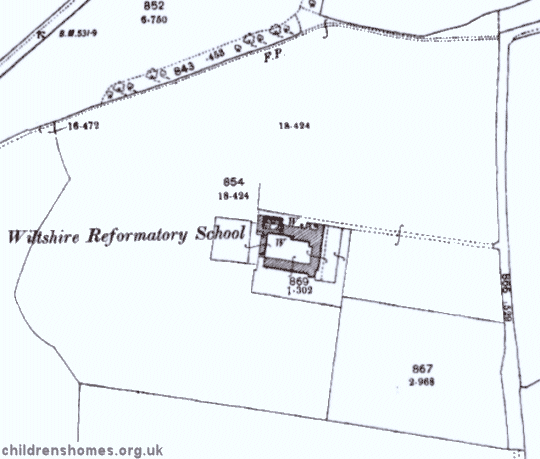
Wiltshire Reformatory for Boys site, Warminster, c.1901.
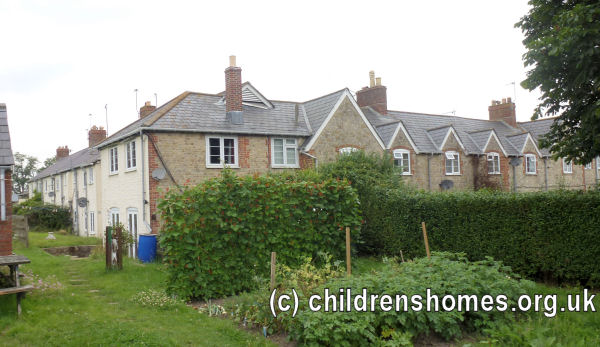
Former Wiltshire Reformatory for Boys from the east, Warminster, 2013. © Peter Higginbotham

Former Wiltshire Reformatory for Boys from the south-east, Warminster, 2013. © Peter Higginbotham

Former Wiltshire Reformatory for Boys from the north, Warminster, 2013. © Peter Higginbotham
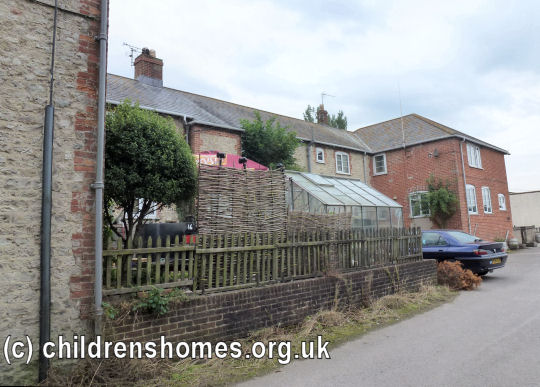
Former Wiltshire Reformatory for Boys from the north-east, Warminster, 2013. © Peter Higginbotham
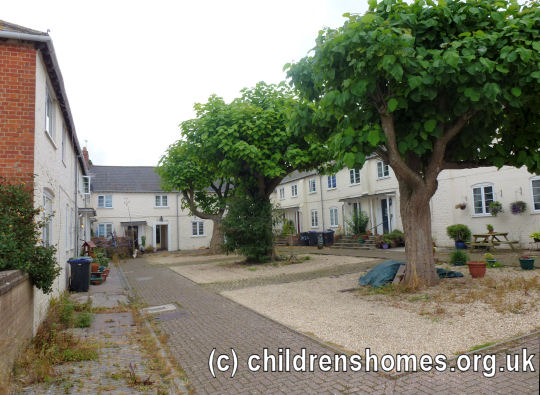
Former Wiltshire Reformatory for Boy from the west, Warminster, 2013. © Peter Higginbotham
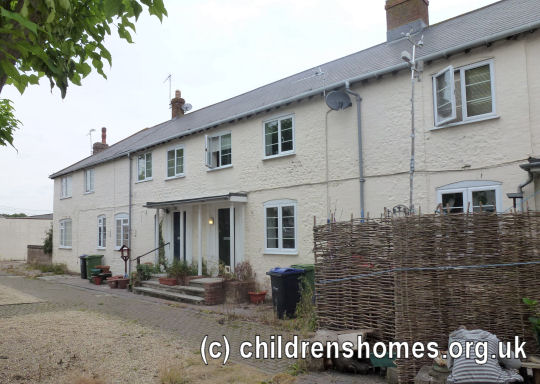
Former Wiltshire Reformatory for Boys courtyard from the south-east, Warminster, 2013. © Peter Higginbotham
The Reformatory closed in 1925. The premises, later known as Tascroft Farm, have now been converted to residential use.
Records
Note: many repositories impose a closure period of up to 100 years for records identifying individuals. Before travelling a long distance, always check that the records you want to consult will be available.
- Wiltshire and Swindon Archives, Wiltshire and Swindon History Centre, Cocklebury Road, Chippenham SN15 3QN. Holds: Minute books (1855-1925); Printed annual reports (1864-94, with gaps); Building plans (1869).
Bibliography
- Carpenter, Mary Reformatory Schools, for the Children of the Perishing and Dangerous Classes, and for Juvenile Offenders (1851, General Books; various reprints available)
- Carlebach, Julius Caring for Children in Trouble (1970, Routledge & Kegan Paul)
- Higginbotham, Peter Children's Homes: A History of Institutional Care for Britain's Young (2017, Pen & Sword)
- Abel Smith, Doroth Crouchfield: A History of the Herts Training School 1857-1982 (2008, Able Publishing)
- Garnett, Emmeline Juvenile offenders in Victorian Lancashire: W J Garnnett and the Bleasdale Reformatory (2008, Regional Heritage Centre, Lancaster University)
- Hicks, J.D. The Yorkshire Catholic Reformatory, Market Weighton (1996, East Yorkshire Local History Society)
- Slocombe, Ivor Wiltshire Reformatory for Boys, Warminster, 1856-1924 (2005, Hobnob Press)
- Duckworth, J.S. The Hardwicke Reformatory School, Gloucestershire (in Transactions of the Bristol and Gloucestershire Archaeological Society, 1995, Vol. 113, 151-165)
Links
- Red Lodge Museum, Bristol — a former girls' reformatory.
Except where indicated, this page () © Peter Higginbotham. Contents may not be reproduced without permission.


